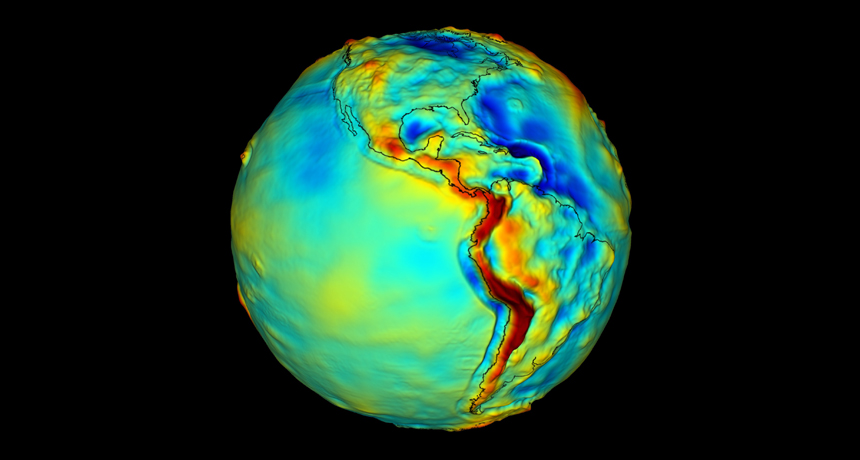
On East Coast, sea levels lean southward
Science News, February 2015Sea levels along North America’s East Coast tilt downward as you travel north up the coastline, concludes new research to be published in Geophysical Research Letters.

Sea levels along North America’s East Coast tilt downward as you travel north up the coastline, concludes new research to be published in Geophysical Research Letters.
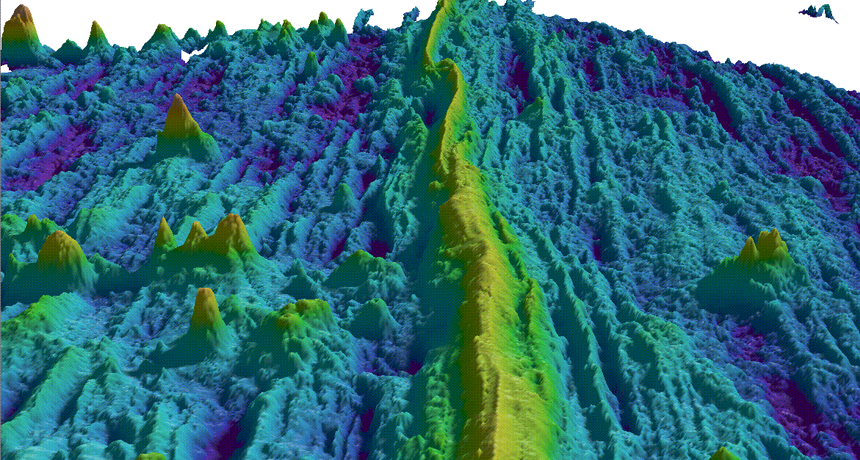
Lowered sea levels during ice ages can increase the amount of magma bubbling up at mid-ocean ridges, researchers propose online February 5 in Science. The work suggests that long stretches of thick oceanic crust called abyssal hills, among the most common landforms on the planet, are the result of worldwide climate changes.
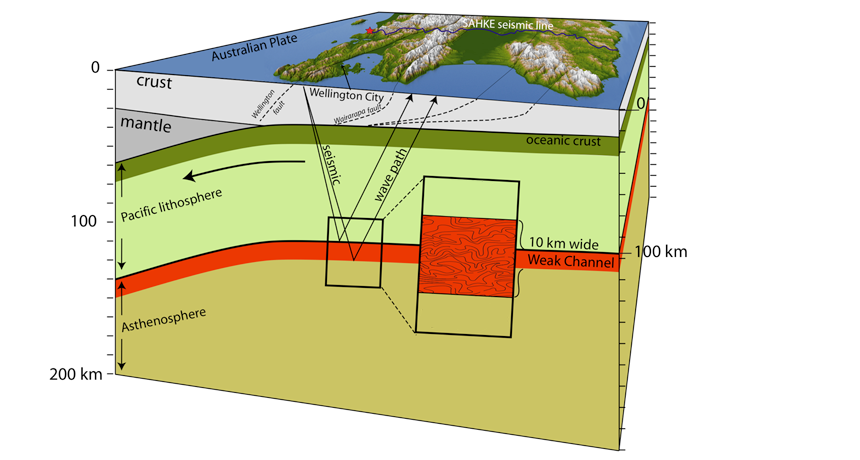
Using ricocheted vibrations from dynamite blasts, researchers have glimpsed a layer of gooey material sandwiched between the Pacific tectonic plate and the underlying mantle. If present beneath all plates, the layer of partially melted rock could help explain how tectonic plates slide around Earth’s surface so easily, the researchers report in the Feb. 5 Nature.
Smoke wafting across the Gulf of Mexico from Central America can help spawn intense twisters in and around North America’s Tornado Alley, new research suggests.
Adapted for Science News for Students.
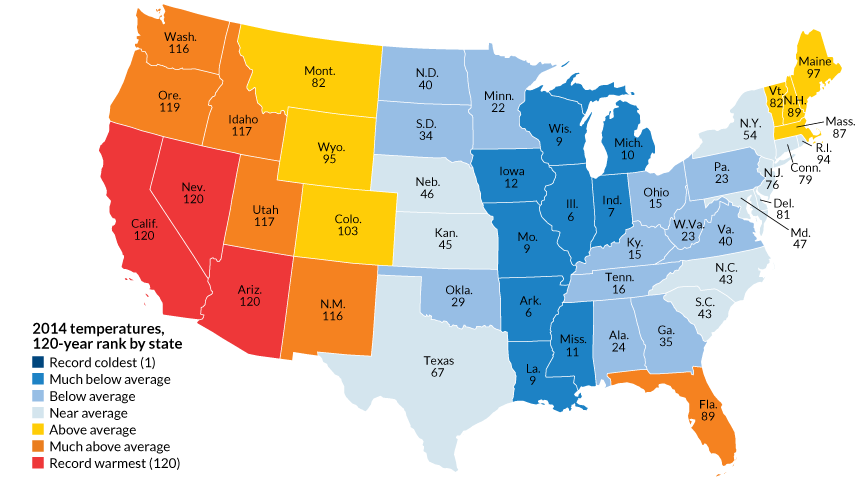
While last year was the hottest on record worldwide, the contiguous United States experienced extremes on both ends of the thermometer.

Thanks to climate change, El Niño’s meteorological sister will strike more intensely over the next century, a new study predicts.
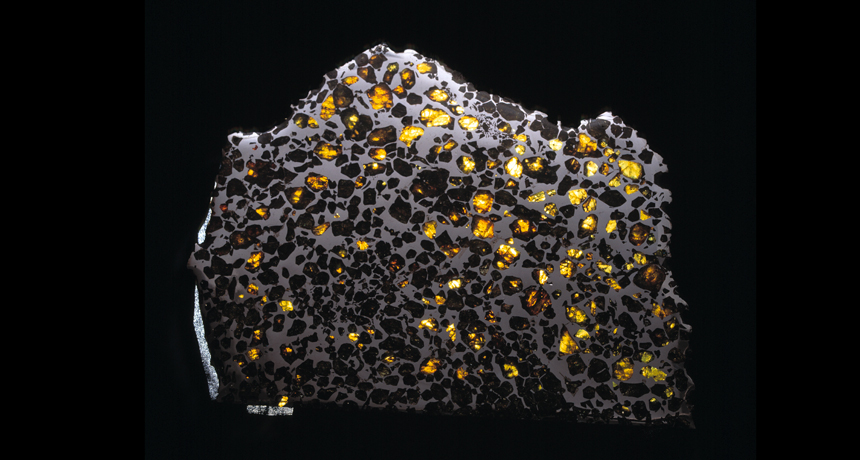
Ancient meteorites reveal that young asteroids may have generated powerful magnetic fields for hundreds of millions of years longer than once thought. The finding could explain long-lasting magnetism elsewhere in the early solar system, such as on the young moon.
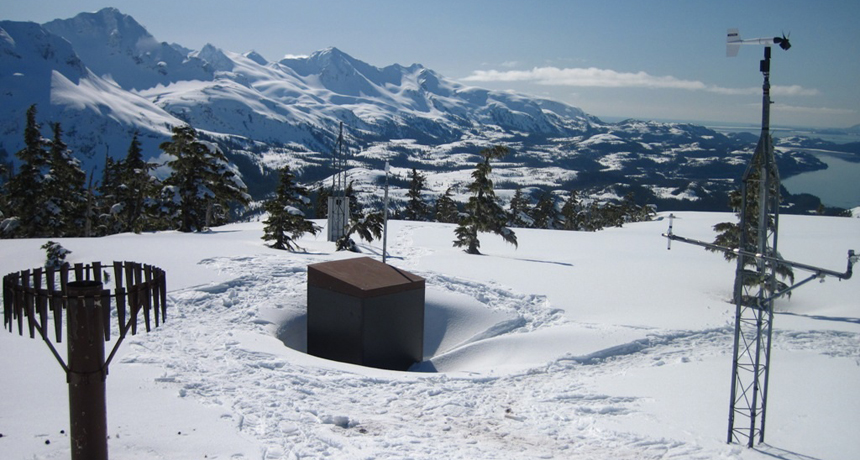
Observations of sharply rising high-elevation temperatures in the western United States were caused by faulty equipment, not climate change, new research suggests.

More frequent sweltering summer days will force commercial aircraft to go on a diet, new research suggests.
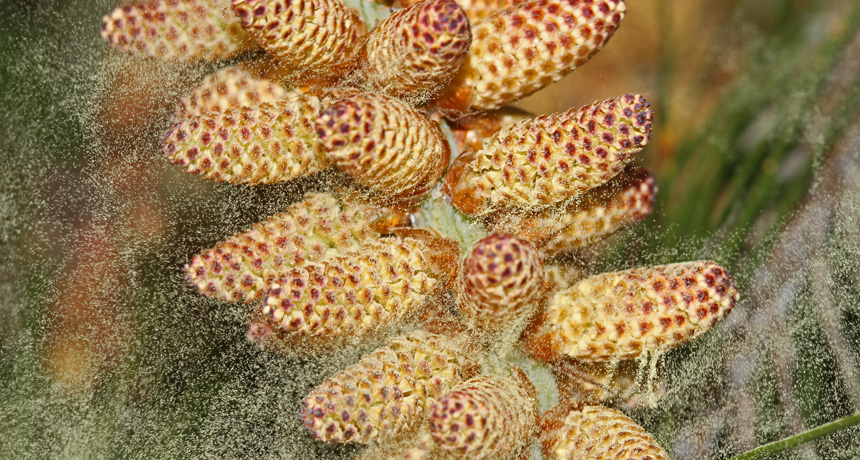
Web searches about runny noses and allergy medications can help researchers track changes in pollen count, new research suggests.